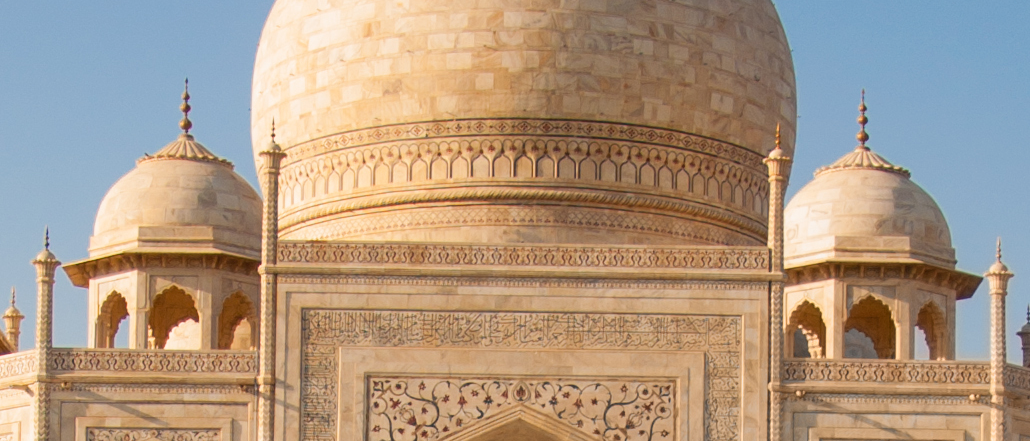Save 50% on a 3-month Digiday+ membership. Ends Dec 5.

For digital publishers, it seems, all roads lead to India.
Business Insider, Quartz, the Huffington Post and BuzzFeed are all at various stages of expansion into the country, which they’re eyeing as the next big phase of their growth strategies. And looking at the numbers, it’s easy to see why: India has a population of 1.2 billion people, a fledging economy, and a growing population of English-speaking mobile users. All of that makes India a ripe target for any company — not just a publisher — that’s looking to grow.
“The headroom in India for growth, both as an economic powerhouse but also in terms of a population that still has yet to come online or adopt mobile, is a very encouraging trend,” said Jay Lauf, publisher of Quartz, which launched its own India vertical on Monday. “It’s a situation that’s much more unique to India than it is anywhere in the Western world.”
Expanding to India was a logical move for Quartz. Lauf said that the site already gets 200,000 of its 5 million unique monthly visitors from the country, making it Quartz’s third-largest traffic source outside of the U.S. without even trying.
But there are larger trends as well. As in the U.S., India is seeing major growth in mobile and social, two trends that sites like Quartz are built around. But unlike the market in the U.S, where mobile’s growth is slowing, there is still tremendous potential in India, a country still at the early phases of the mobile growth curve. India has 123 million smartphone users (10 percent of the population), per eMarketer, a number that’s expected to grow to 279 million by 2018. But that number, too, is small, accounting for just 21 percent of the country’s population.
“The sheer size of the population means there are enough millions of people adopting mobile devices, but it’s still a small percentage of people overall,” Lauf said.
“The scale of India is the most obvious reason [for publishers] to go there,” said Koda Wang, general manager of international at The Huffington Post, which plans to launch its own India site in the second half of the year. The country will be the 11th expansion for Huffington Post, which has also added local additions in Italy, Japan and, most recently, Brazil.
It’s also hard to discount the role of language in the industry-wide move to India. Publishers’ expansion plans tend to follow both linguistic and cultural lines. Most publishers — like Business Insider and BuzzFeed — start with English-speaking countries like the U.K., Canada and Australia before expanding to non-English-speaking countries with much larger addressable markets.
“Language makes a huge difference,” said Julie Hansen, president of Business Insider, which launched its own India expansion last September in partnership with The India Times. “While the writing styles might be a huge difference, we’re still speaking the same language,” she said.
But while India is attractive from a growth perspective, monetizing that audience isn’t as simple. The country’s infamous bureaucratic business climate makes it difficult for foreign publishers to go it alone, a factor that has Huffington Post and Business Insider looking to partner with local media companies.
Digital ad spending in India expected to top just $1.7 billion by 2018, per eMarketer, a far cry from the nearly $80 billion and $26 billion advertisers are expected to spend in the U.S. and China, respectively.
“Mobile is driving digital ad spending growth for a lot of developed and even developing markets, but in India, smartphone penetration is still very low,” said Haixia Wang, vp of forecasting at eMarketer.
More in Media

Digiday+ Research Subscription Index 2025: Subscription strategies from Bloomberg, The New York Times, Vox and others
Digiday’s third annual Subscription Index examines and measures publishers’ subscription strategies to identify common approaches and key tactics among Bloomberg, The New York Times, Vox and others.

From lawsuits to lobbying: How publishers are fighting AI
We may be closing out 2025, but publishers aren’t retreating from the battle of AI search — some are escalating it, and they expect the fight to stretch deep into 2026.

Media Briefing: Publishers turn to vertical video to compete with creators and grow ad revenue in 2026
Publishers add vertical video feeds to their sites to boost engagement, attract video ad spend and compete with news creators.





